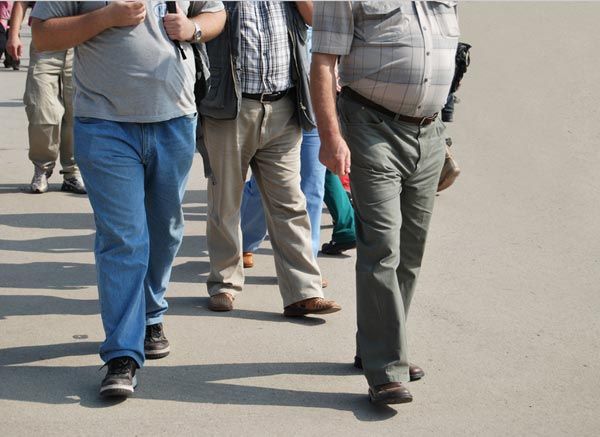US Makes No Dent in Obesity

The obesity rate among children and adults in the United States did not change significantly over the past decade, new research suggests.
About 35 percent of American adults and 17 percent of children and teens were obese during the 2011-2012 period, according to a study published today (Feb. 25) in the journal JAMA. According to the data from the 2003-2004 survey, 32.2 percent of U.S. adults and 17.1 percent of children and teens were obese during that period.
The researchers did note two changes in the obesity rates of some groups, however. There was a drop in the percentage of 2- to 5-year olds who are obese, the study found. The rate decreased from 14 percent in 2003-2004 to just over 8 percent in 2011-2012.
"That's the first time we've seen a decrease since we have been tracking obesity levels in the U.S.," said study researcher Cynthia L. Ogden, of the Centers for Disease Control and Prevention.
The new report follows previous data showing a decline in the obesity rate of 2- to 4-year-olds in low-income families.
"We continue to see signs that, for some children in this country, the scales are tipping, CDC Director Dr. Tom Frieden, said in a statement. "This confirms that at least for kids, we can turn the tide and begin to reverse the obesity epidemic." [9 Meal Schedules: When to Eat to Lose Weight]
In the second change seen in the new report, the obesity rate of women ages 60 years and older increased from 31.5 percent to more than 38 percent.
Sign up for the Live Science daily newsletter now
Get the world’s most fascinating discoveries delivered straight to your inbox.
Meanwhile, the obesity rates in some other countries have decreased, the researchers noted. For instance, a study of German children found a decline between 2004 and 2008 in the percentage of 4- to 7-year-olds who were overweight or obese. Another study found the increase in body mass indexes in England has slowed down.
To compile the new statistics, the researchers used "the only nationally representative survey that contains measured heights and weights of the entire population," Ogden said. Administrators of that survey, called the National Health and Nutrition Examination Survey, measured the weights and heights of 9,120 people.
It is important that the survey used weights and heights that were measured, because people don't always accurately report these numbers when simply asked, Ogden told Live Science. Men tend to overstate their height; women tend to understate their weight, and parents tend to understate their children's height, because children grow so fast, she said.
Overall, the new numbers give "a sense of what is happening in terms of trends in the U.S.," Ogden said.
Some reports have estimated that the obesity rate in the US may reach 42 percent by 2030.
Follow Agata Blaszczak-Boxe on Twitter. Follow Live Science @livescience, Facebook & Google+. Original article on Live Science.











